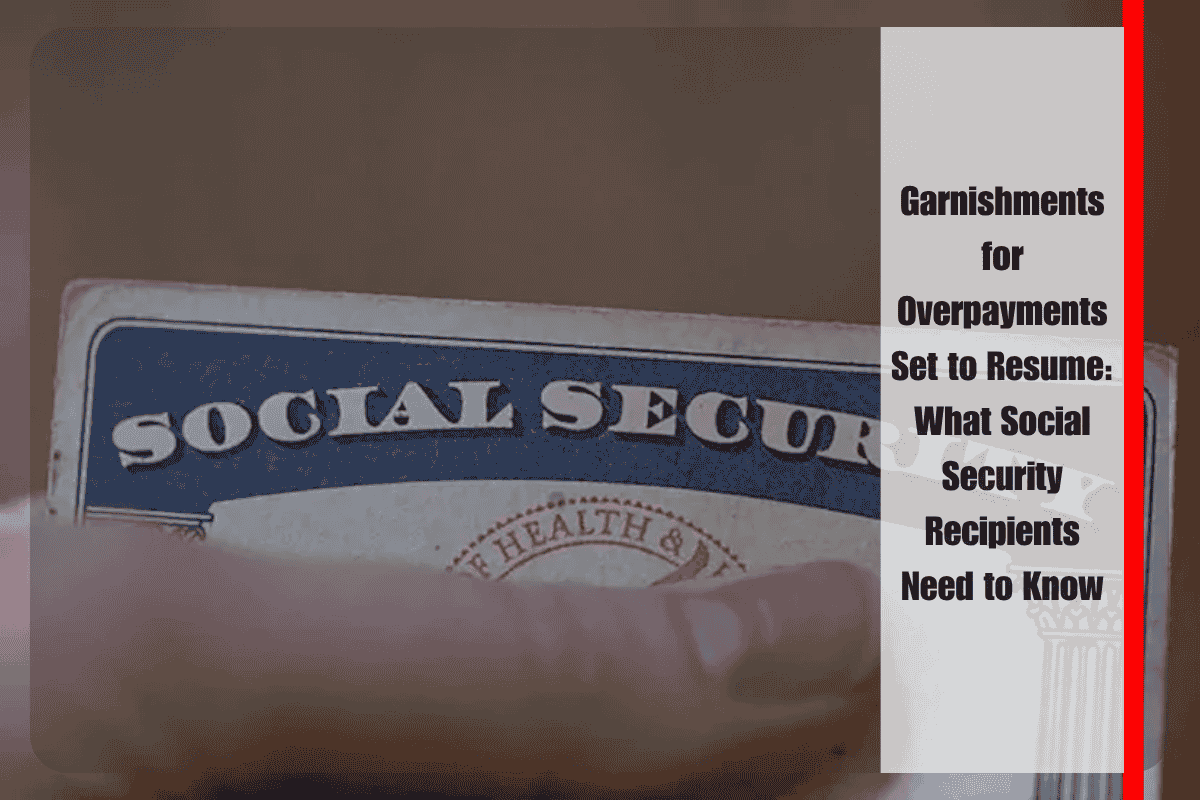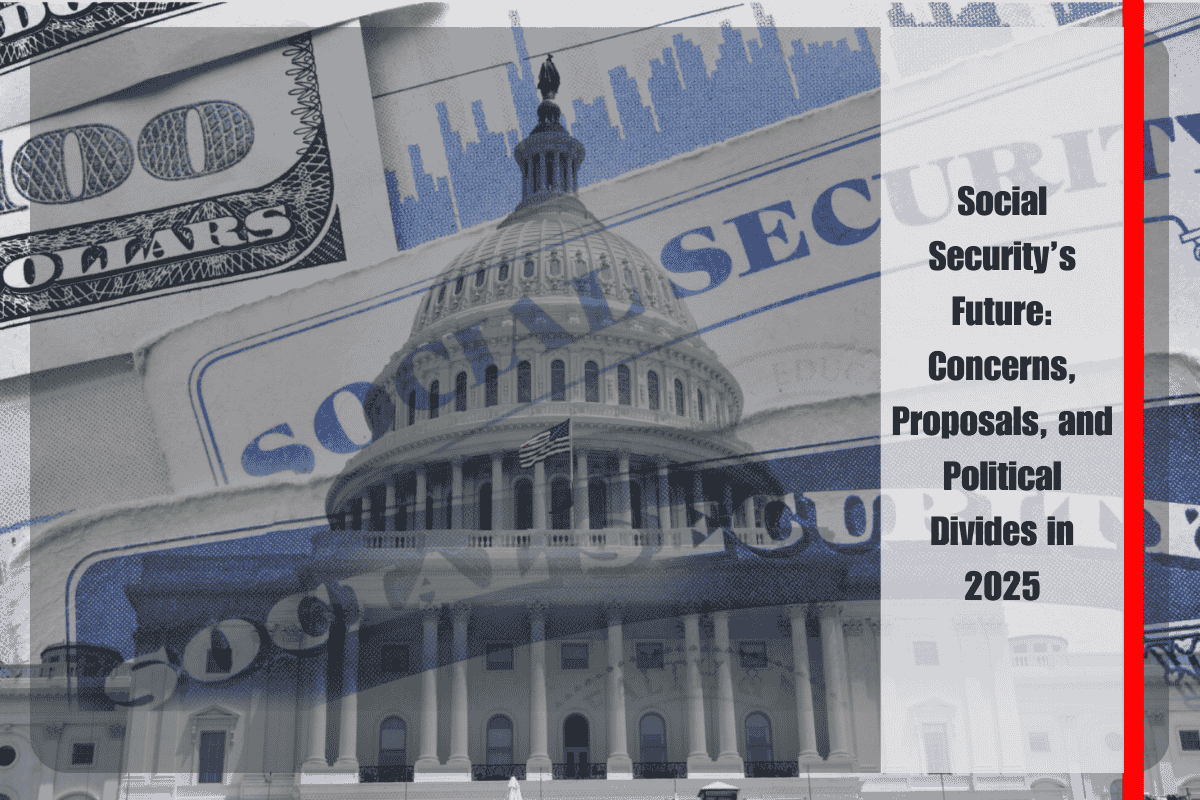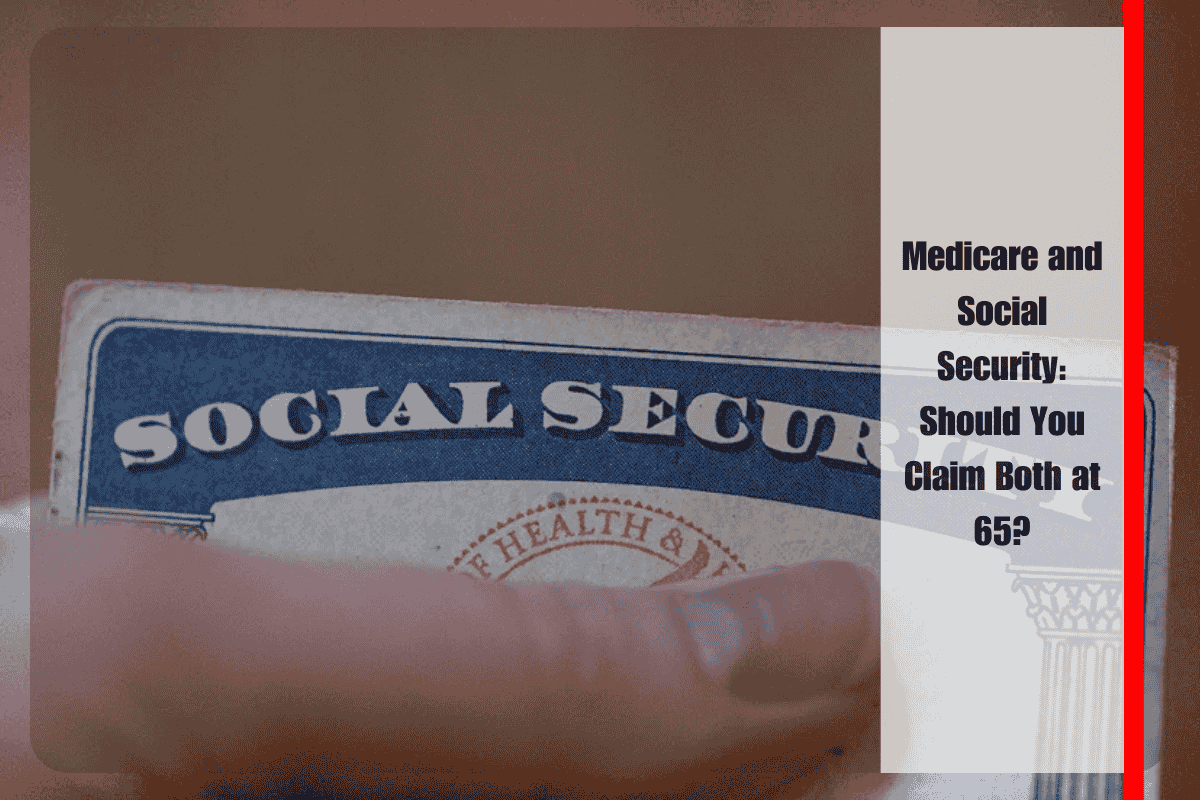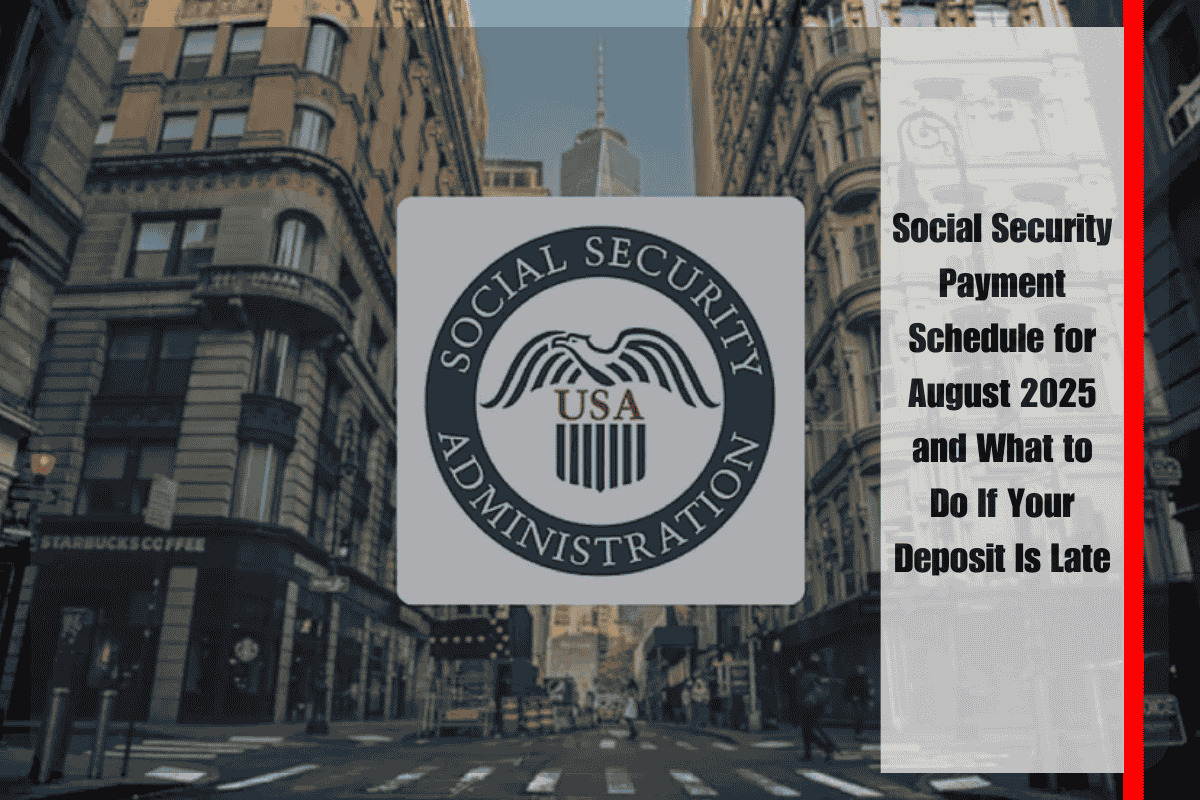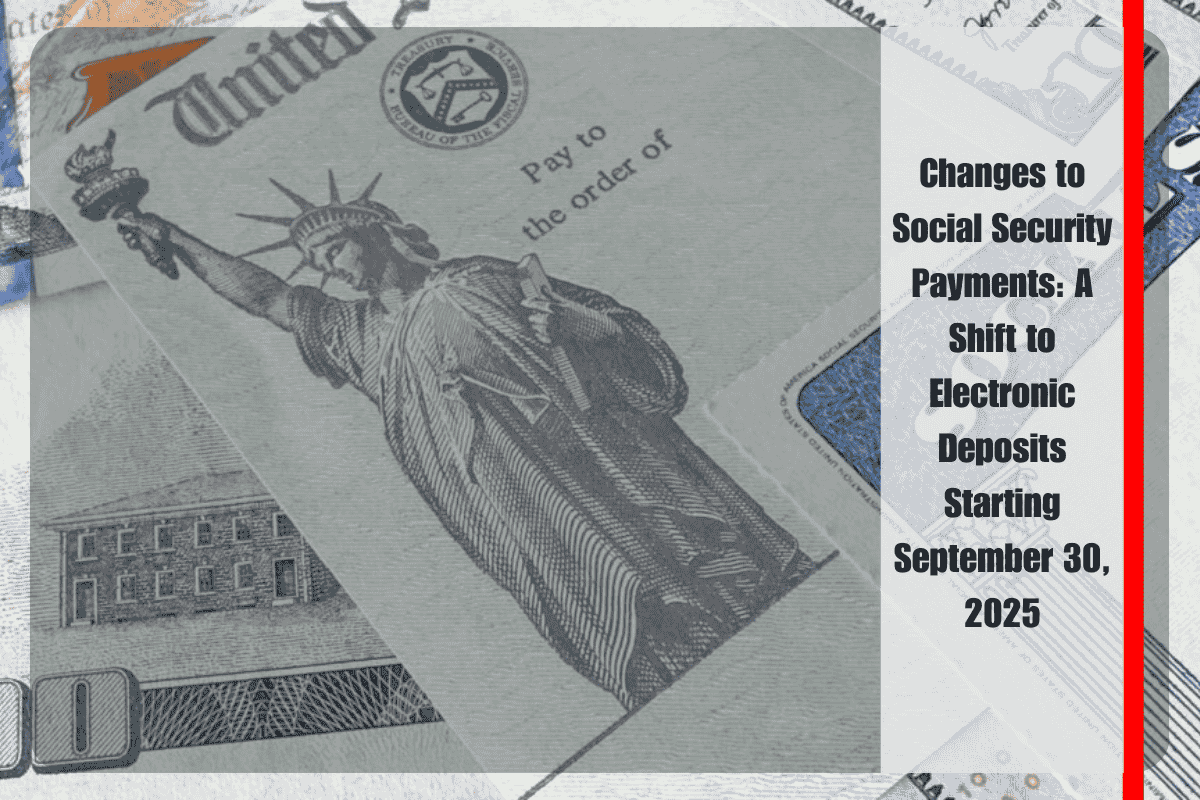The Social Security Administration (SSA) has officially announced that it will resume wage garnishment for certain recipients starting on July 24, 2025. This means that the SSA will begin reclaiming overpayments by deducting money directly from Social Security checks, potentially affecting millions of Americans.
As of September 2023, it was estimated that approximately 2 million Americans owed around $23 billion in total overpayments. These overpayments occurred due to various administrative errors, such as changes in income, living arrangements, or misreported information that wasn’t updated promptly in the system.
Why Garnishments Are Returning Now
In 2023, the SSA temporarily paused collections of overpaid benefits following public backlash. Media coverage highlighted the hardships faced by elderly and disabled recipients who were suddenly required to return large sums, sometimes totaling tens of thousands of dollars. This pause was only temporary, and now, with renewed urgency to recover federal funds, the SSA has decided to resume collections.
The SSA explained that garnishments would be reinstated in phases, with the first wave starting on July 24. According to the agency, the garnishments will mainly apply to those who have not responded to previous notices or have not arranged a repayment plan. The SSA has reassured the public that it is working on improving how it handles overpayments. The agency is updating its systems, simplifying notices, and improving its processes to better serve beneficiaries. Additionally, policy changes have been made to limit how much can be withheld from monthly benefits, making it easier for recipients to understand and respond to overpayment notices. The SSA has also made it simpler to request a waiver or set up a repayment plan.
How to Avoid Garnishment and What You Can Do
If you have received notices about overpayments, it is crucial to take action before the garnishment date to avoid sudden cuts to your benefits. Experts, including those at The Motley Fool, advise Social Security recipients to act quickly if they want to protect their monthly income. Several steps can be taken to avoid garnishment or find a manageable solution:
You can request a waiver if you believe the overpayment wasn’t your fault and that repayment would cause undue hardship. If this is the case, you should make sure to reach out to the SSA and explain your situation. Another option is to set up a repayment plan that allows you to repay the debt over time without losing your full benefits. Additionally, if you believe the amount you owe is incorrect, you can contact the SSA directly to dispute the overpayment or clarify the reason behind it.
It’s important not to ignore letters or notices from the SSA. Failing to respond could lead to automatic deductions from your benefits with little or no warning. As this garnishment initiative moves forward, staying proactive and in communication with the SSA will be essential for managing the situation effectively and avoiding abrupt financial disruptions.
Starting on July 24, 2025, the SSA will begin garnishing Social Security benefits to reclaim overpaid amounts. Beneficiaries who have received overpayment notices should act promptly to avoid losing part of their benefits. The SSA has made efforts to simplify the process, but recipients must remain vigilant and proactive in addressing any issues related to overpayments. Taking the time to request a waiver, set up a repayment plan, or dispute any incorrect charges can help protect your financial well-being.
